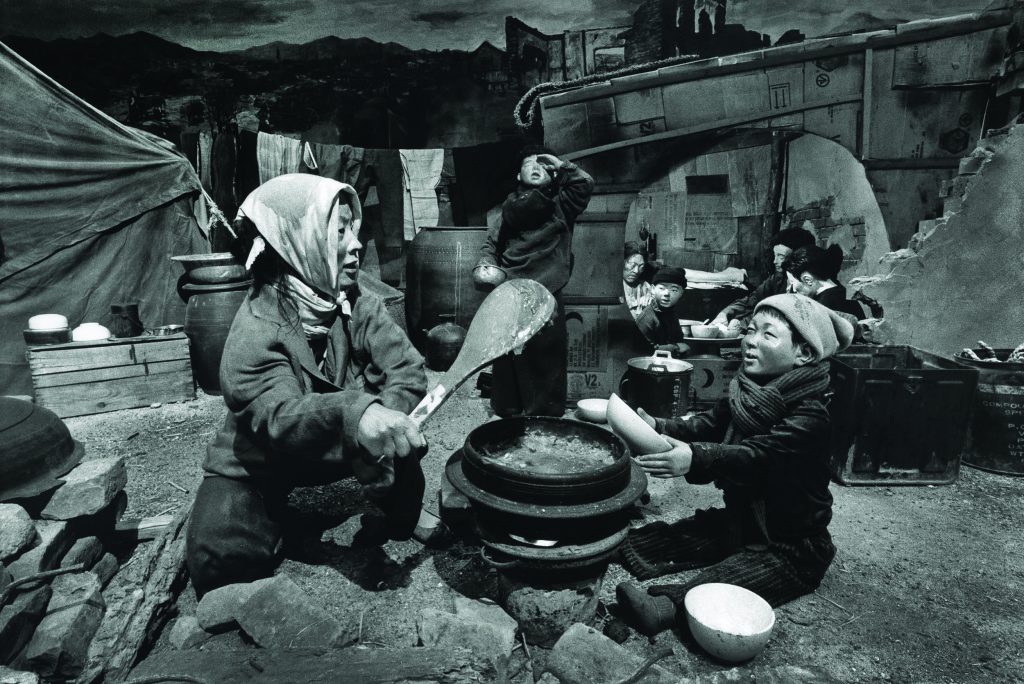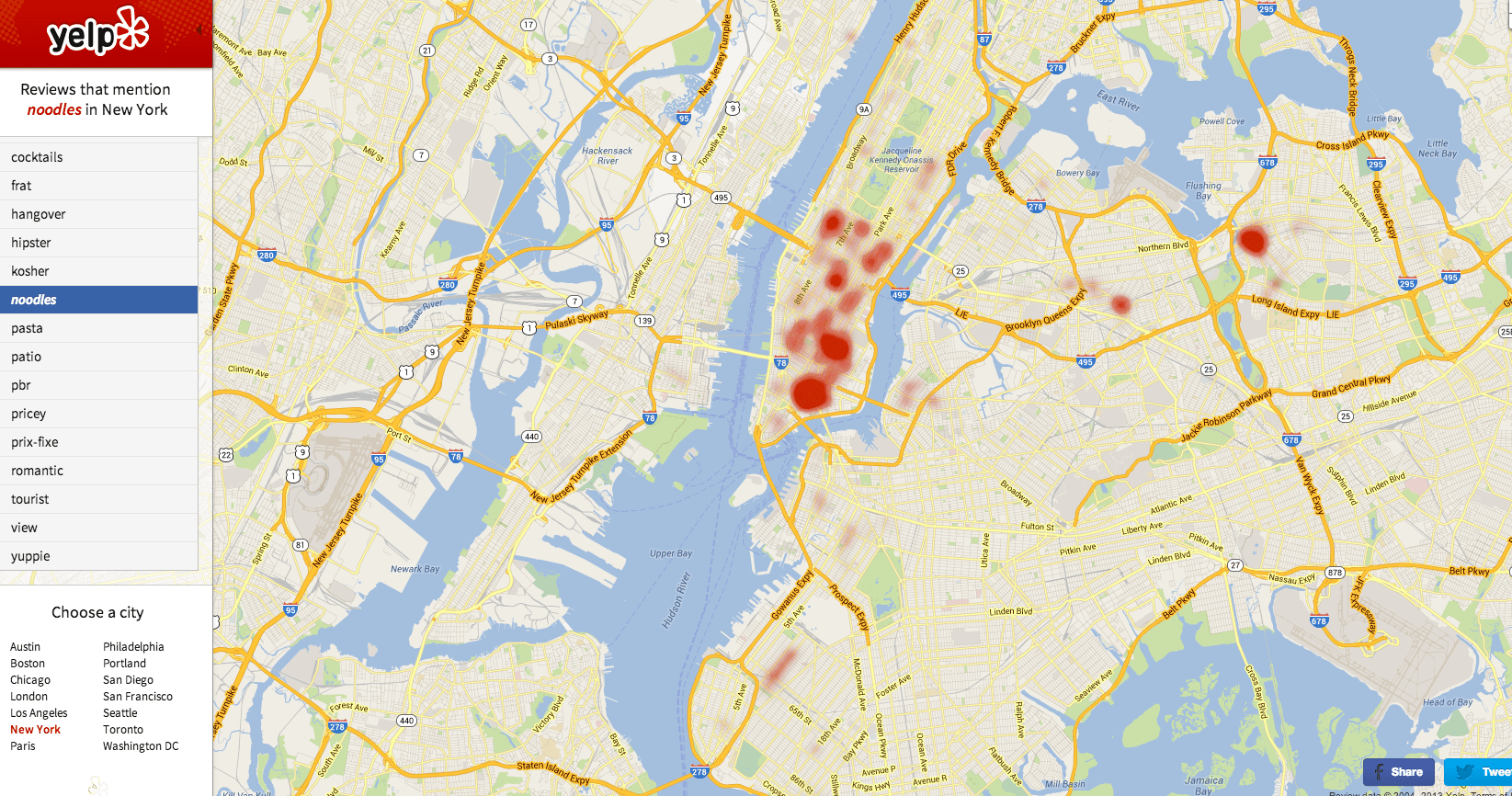War and Peace?
A photojournalist shares images that capture a 60-year and-still-counting legacy of war.
by MARK EDWARD HARRIS
July 27, 2013, marks the 60th anniversary of the signing of the armistice that stopped—but did not officially end—the Korean War. More than a million soldiers and civilians perished during this so-called Forgotten War, which also left another painful legacy: two Koreas, a peninsula essentially sliced through its heart by a 154-mile-long, 2.5-mile-wide demilitarized zone.
I have visited various points along the DMZ a dozen or so times since first visiting Korea in 1997. This includes two times from the North via Pyongyang; a three-day visit to the tourism enclave of Geumgangsan in 2006, long before it was shut down, following the 2008 killing of a South Korean tourist by a North Korean soldier; a visit to the South Korean village of Taesongdong (with a ROK military escort) located within the DMZ; and an overnight stay on the island of Yeongpyeong, after it was shelled by the North in 2010.
On its side of the demarcation line, the South has continued to build up the tourist infrastructure with state-of-the-art displays, a train ride into an incursion tunnel running under the North-South border, and souvenir shops. The North has a souvenir shop on its side of Panmunjeom, as well as a museum with various artifacts, including the ax that was used in the infamous 1976 tree-trimming confrontation in the DMZ’s Joint Security Area, which resulted in the death of two U.S. Army officers at the hands of North Korean soldiers. Notably, that incident led to Pyongyang expressing regret and accepting responsibility for violence in the DMZ for the first time since the armistice.
The one thing that is consistent on my various trips to, along, within, and through the DMZ is a feeling of amazement that a relative peace has been maintained along this heavily mined border for 60 years. But my question is, “How long can this continue?” If the U.S. had conducted a punitive strike against the North in 1976 or the South had gone beyond lobbing artillery shells back at the bases that were shelling Yeongpyeongdo, what would have happened? These are among the many questions that will remain open for the foreseeable future.

A South Korean soldier (left) inside the Joint Security Area’s Main Conference Building and his North Korean counterpart (right) on the other side of the Military Demarcation Line that separates the DMZ at Panmunjeom.
As part of the introduction to my latest book, North Korea, I reference a 1953 statement issued by U.S. General Mark Wayne Clark’s headquarters in Tokyo, addressed to all members of the United Nations Command: “I must tell you as emphatically as I can, that this does not mean immediate or even early withdrawal from Korea. The conflict will not be over until the governments concerned have reached a firm political settlement.” Six decades later, peace is still not at hand.
Two young girls at their school in Taesongdong, the only South Korean village allowed in the DMZ under the terms of the armistice. It is located directly opposite the North Korean DMZ village of Kichongdong.
At Imjingak, near the DMZ, a photo of a man separated from his family in North Korea hangs on a fence.
The text reads: “I must go, but….”
The Statue of Brothers at the War Memorial of Korea in Seoul depicts the actual incident where an older brother, an ROK officer, and his younger brother, a North Korean soldier, meet on a battlefield and express reconciliation, love and forgiveness. A crack in the dome represents the division of Korea and the hope for reunification.
On July 28, at 2 p.m., at the Pacific Asia Museum in Pasadena, Calif., Mark Edward Harris will give a lecture about his experiences creating his newly released books North Korea and South Korea, followed by book signings.
This article was published in the July 2013 issue of KoreAm. Subscribe today! To purchase a single issue copy of the July issue, click the “Buy Now” button below. (U.S. customers only. Expect delivery in 5-7 business days).












